Which EU regions employ more women in high-tech? - Products Eurostat News - Eurostat
Par un écrivain mystérieux
Last updated 26 mai 2024

High-technology sectors are considered key drivers of economic growth and productivity and often provide well-paid employment opportunities. In 2022, there were 9.8 million people employed in high-technology sectors across the EU, corresponding to 4.9% of the EU’s total employment. The gender representation in this sector sees men accounting for just over two-thirds (67.2%) of the total. At the regional level (NUTS 2 regions), the French (Ile-de-France) and Spanish (Comunidad de Madrid) capital regions registered the highest number of people employed in high-technology sectors, 420 000 and 289 000, respectively. They were followed by 3 regions, which recorded more than 200 000 persons employed in high-technology sectors: Oberbayern in southern Germany, Lombardia in northern Italy and Cataluña in eastern Spain. At the bottom end of the distribution, there were 5 regions with less than 3 000 persons employed in high-technology sectors: the southern Italian region of Molise, together with four Greek regions – Anatoliki Makedonia, Thraki, Peloponnisos, Ipeiros, and Sterea Elláda. Women accounted for almost one-third (32.8%) of the total number of people employed in the EU’s high-technology sectors in 2022. The share of women in high-technology employment across NUTS 2 regions, ranged from a high of 50.2% in the Hungarian region of Nyugat-Dunántúl down to 8.3% in the Greek region of Thessalia. In fact, Nyugat-Dunántúl was the only region in the EU (at this level of detail) where there were more women than men employed in high-technology sectors. The next highest shares of female employment were recorded in the Italian region of Marche (48.6%) and another Hungarian region, Észak-Magyarország (48.1%). Source dataset: htec_emp_reg2 Would you like to know more about education and training in the EU? You can read more in the dedicated section of the Regions in Europe - 2023 interactive edition and in the dedicated chapter in the Eurostat regional yearbook - 2023 edition, also available as a Statistics Explained article. The corresponding maps in the Statistical Atlas provide a full-screen interactive map.
Eurostat is the statistical office of the European Union. Its mission is to provide high quality statistics and data on Europe.
High-technology sectors are considered key drivers of economic growth and productivity and often provide well-paid employment opportunities. In 2022, there were 9.8 million people employed in high-technology sectors across the EU, corresponding to 4.9% of the EU’s total employment. The gender representation in this sector sees men accounting for just over two-thirds (67.2%) of the total. At the regional level (NUTS 2 regions), the French (Ile-de-France) and Spanish (Comunidad de Madrid) capital regions registered the highest number of people employed in high-technology sectors, 420 000 and 289 000, respectively. They were followed by 3 regions, which recorded more than 200 000 persons employed in high-technology sectors: Oberbayern in southern Germany, Lombardia in northern Italy and Cataluña in eastern Spain. At the bottom end of the distribution, there were 5 regions with less than 3 000 persons employed in high-technology sectors: the southern Italian region of Molise, together with four Greek regions – Anatoliki Makedonia, Thraki, Peloponnisos, Ipeiros, and Sterea Elláda. Women accounted for almost one-third (32.8%) of the total number of people employed in the EU’s high-technology sectors in 2022. The share of women in high-technology employment across NUTS 2 regions, ranged from a high of 50.2% in the Hungarian region of Nyugat-Dunántúl down to 8.3% in the Greek region of Thessalia. In fact, Nyugat-Dunántúl was the only region in the EU (at this level of detail) where there were more women than men employed in high-technology sectors. The next highest shares of female employment were recorded in the Italian region of Marche (48.6%) and another Hungarian region, Észak-Magyarország (48.1%). Source dataset: htec_emp_reg2 Would you like to know more about education and training in the EU? You can read more in the dedicated section of the Regions in Europe - 2023 interactive edition and in the dedicated chapter in the Eurostat regional yearbook - 2023 edition, also available as a Statistics Explained article. The corresponding maps in the Statistical Atlas provide a full-screen interactive map.
Eurostat is the statistical office of the European Union. Its mission is to provide high quality statistics and data on Europe.
High-technology sectors are considered key drivers of economic growth and productivity and often provide well-paid employment opportunities. In 2022, there were 9.8 million people employed in high-technology sectors across the EU, corresponding to 4.9% of the EU’s total employment. The gender representation in this sector sees men accounting for just over two-thirds (67.2%) of the total. At the regional level (NUTS 2 regions), the French (Ile-de-France) and Spanish (Comunidad de Madrid) capital regions registered the highest number of people employed in high-technology sectors, 420 000 and 289 000, respectively. They were followed by 3 regions, which recorded more than 200 000 persons employed in high-technology sectors: Oberbayern in southern Germany, Lombardia in northern Italy and Cataluña in eastern Spain. At the bottom end of the distribution, there were 5 regions with less than 3 000 persons employed in high-technology sectors: the southern Italian region of Molise, together with four Greek regions – Anatoliki Makedonia, Thraki, Peloponnisos, Ipeiros, and Sterea Elláda. Women accounted for almost one-third (32.8%) of the total number of people employed in the EU’s high-technology sectors in 2022. The share of women in high-technology employment across NUTS 2 regions, ranged from a high of 50.2% in the Hungarian region of Nyugat-Dunántúl down to 8.3% in the Greek region of Thessalia. In fact, Nyugat-Dunántúl was the only region in the EU (at this level of detail) where there were more women than men employed in high-technology sectors. The next highest shares of female employment were recorded in the Italian region of Marche (48.6%) and another Hungarian region, Észak-Magyarország (48.1%). Source dataset: htec_emp_reg2 Would you like to know more about education and training in the EU? You can read more in the dedicated section of the Regions in Europe - 2023 interactive edition and in the dedicated chapter in the Eurostat regional yearbook - 2023 edition, also available as a Statistics Explained article. The corresponding maps in the Statistical Atlas provide a full-screen interactive map.
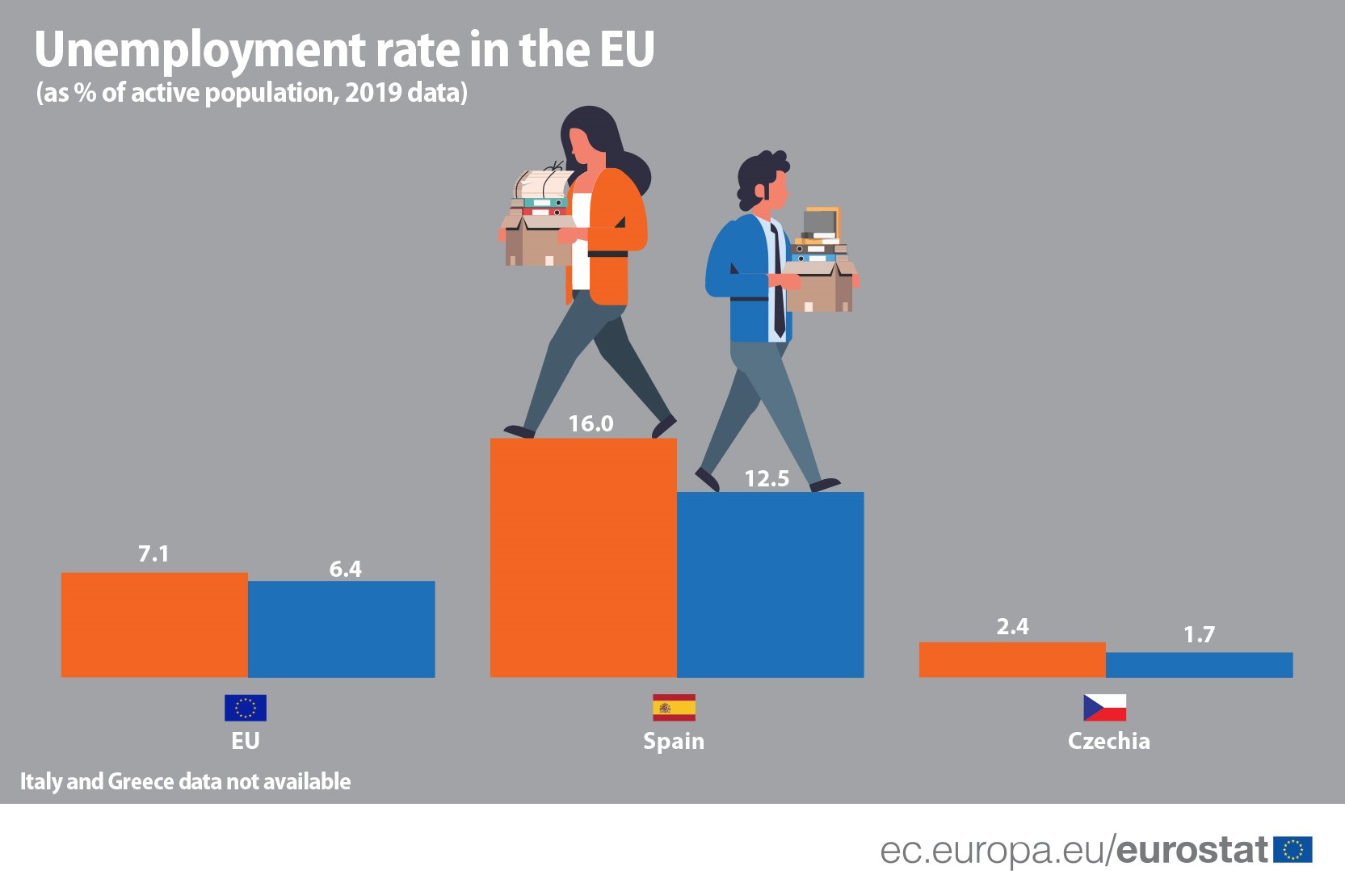
Women's employment in the EU - Products Eurostat News - Eurostat

Eurostat sur LinkedIn : #askeurostat #data #statistics #eu #europeanunion # europe #ecommerce…
Map of Europeans employed in Agriculture and Fishery : r/europe

Disposable income of private households across NUTS2-level national

bne IntelliNews - Bulgaria had EU's biggest population slump in pandemic year 2021

Which EU regions employ more women in high-tech? – TextileFuture
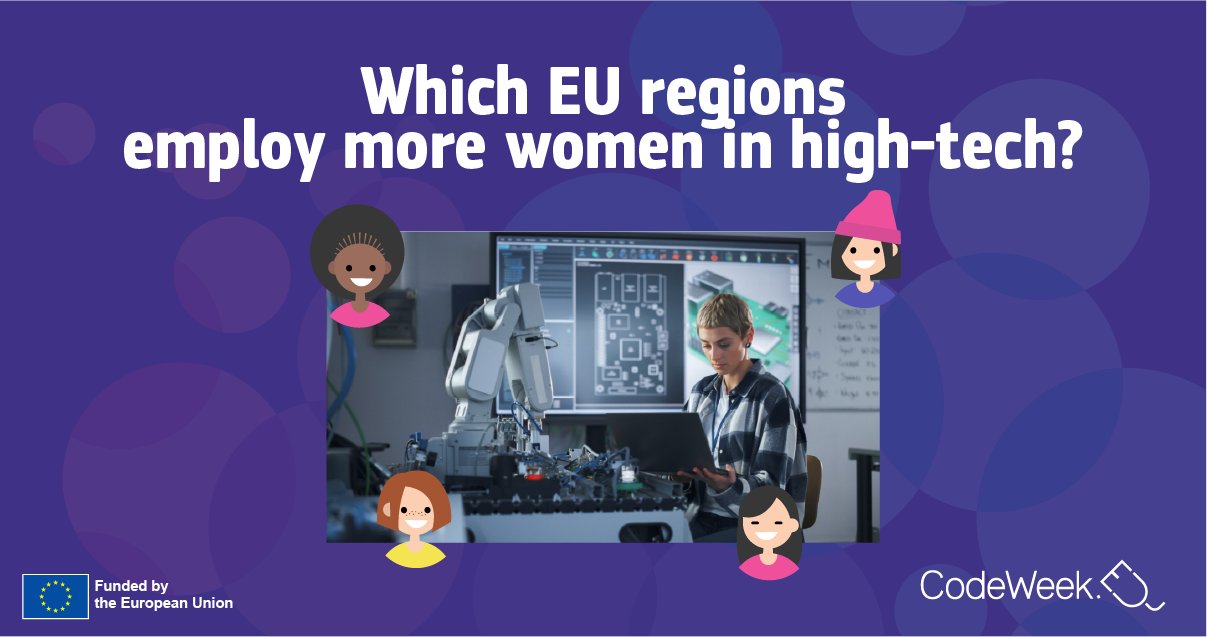
EU Code Week on X: 👩💻🇪🇺Which EU regions employ more women in high-tech? Eurostat has just released new data on this and much more! Gain a deeper understanding of cultural activities across

Girls and women under-represented in ICT - Products Eurostat News - Eurostat

Eurostat sur LinkedIn : #askeurostat #data #statistics #eu #europeanunion # europe #ecommerce…

Research and development statistics at regional level - Statistics Explained

117 million in the EU worked in science & technology - Products Eurostat News - Eurostat

eurostat – R Functions and Packages for Political Science Analysis
Recommandé pour vous
 High tech - Wikipedia14 Jul 2023
High tech - Wikipedia14 Jul 2023 High-Tech Industries Rally Around Trillion Dollar Digital Services Opportunity14 Jul 2023
High-Tech Industries Rally Around Trillion Dollar Digital Services Opportunity14 Jul 2023 Hi tech hi-res stock photography and images - Alamy14 Jul 2023
Hi tech hi-res stock photography and images - Alamy14 Jul 2023 Premium Vector High tech technology geometric background14 Jul 2023
Premium Vector High tech technology geometric background14 Jul 2023 High Tech Background Images – Browse 795,430 Stock Photos, Vectors, and Video14 Jul 2023
High Tech Background Images – Browse 795,430 Stock Photos, Vectors, and Video14 Jul 2023 High Tech - Klient Software Solutions14 Jul 2023
High Tech - Klient Software Solutions14 Jul 2023 High-tech systems & Machinery - TMC (en)14 Jul 2023
High-tech systems & Machinery - TMC (en)14 Jul 2023- Metaverse in High Tech14 Jul 2023
- High Tech Industry Software14 Jul 2023
 Where in the United States Are the High-Tech Jobs?14 Jul 2023
Where in the United States Are the High-Tech Jobs?14 Jul 2023
Tu pourrais aussi aimer
 Quels sont les équipements de sécurité obligatoires en voiture ? - Blog Avatacar14 Jul 2023
Quels sont les équipements de sécurité obligatoires en voiture ? - Blog Avatacar14 Jul 2023 Galette des Rois frangipane - Michocomigato14 Jul 2023
Galette des Rois frangipane - Michocomigato14 Jul 2023- What motherboards will work with a Ryzen 5 5600G? - Quora14 Jul 2023
 L'utilité du Grattoir carbure lame droite 50mm - BAHCO !14 Jul 2023
L'utilité du Grattoir carbure lame droite 50mm - BAHCO !14 Jul 2023 Bâche imperméable en PVC vert Vida XL 43818 - Acheter en ligne - Habitium®14 Jul 2023
Bâche imperméable en PVC vert Vida XL 43818 - Acheter en ligne - Habitium®14 Jul 2023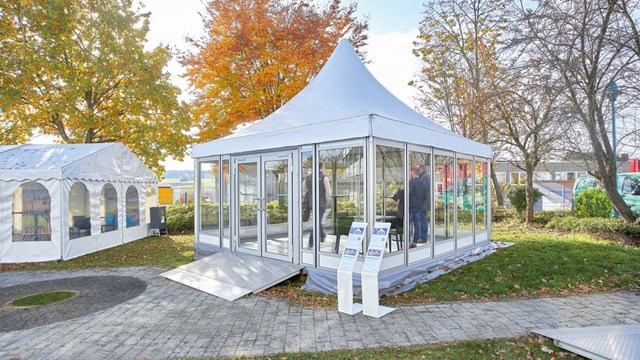 Pagoda Losberger De Boer14 Jul 2023
Pagoda Losberger De Boer14 Jul 2023 Disney Stitch Lilo 5Pcs/lot Flatback Planar Resin Acrylic Hair14 Jul 2023
Disney Stitch Lilo 5Pcs/lot Flatback Planar Resin Acrylic Hair14 Jul 2023 Erborian CC Crème High Definition Radiance Eye Cream SPF2014 Jul 2023
Erborian CC Crème High Definition Radiance Eye Cream SPF2014 Jul 2023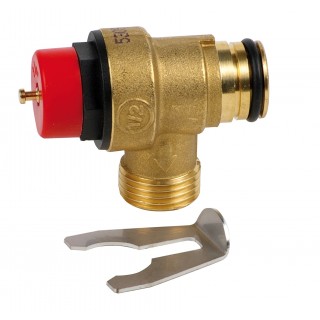 Soupape de sécurité chauffage 3 bars Ref.S1006700 Saunier Duval14 Jul 2023
Soupape de sécurité chauffage 3 bars Ref.S1006700 Saunier Duval14 Jul 2023 Gxi Jouets de Construction pour Les Enfants de 5, 6, 7, 8 Ans Et Plus, Jouets d'apprentissage STEM Jeu de éducatif pour Garçons et Filles, 175 pièces : : Jeux et Jouets14 Jul 2023
Gxi Jouets de Construction pour Les Enfants de 5, 6, 7, 8 Ans Et Plus, Jouets d'apprentissage STEM Jeu de éducatif pour Garçons et Filles, 175 pièces : : Jeux et Jouets14 Jul 2023

